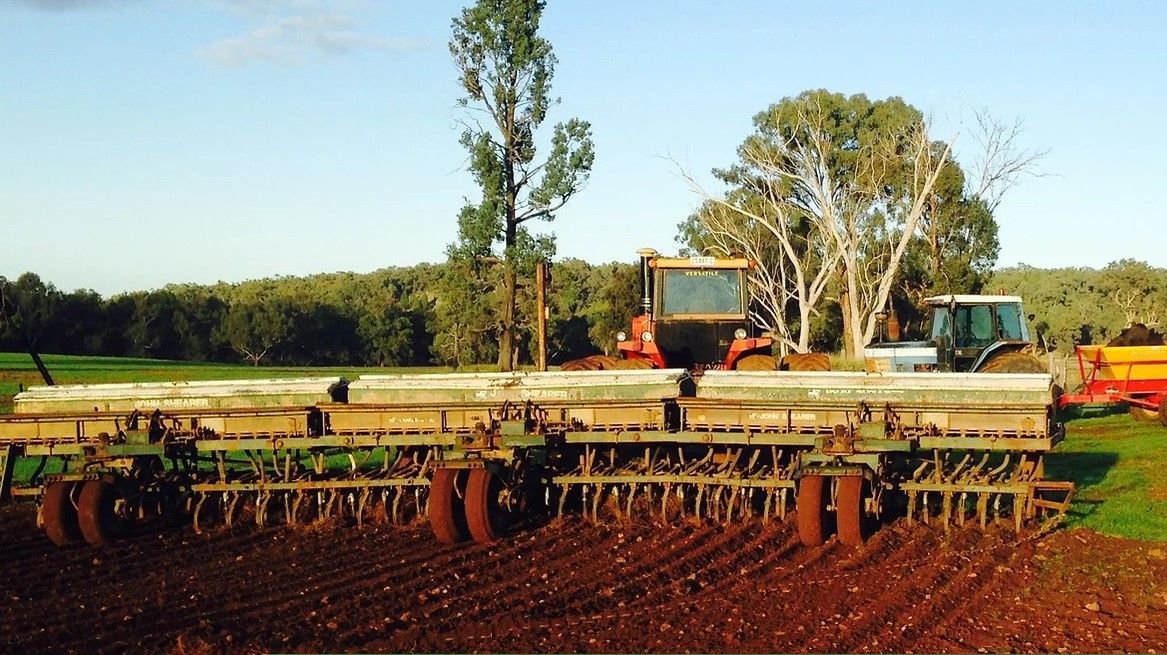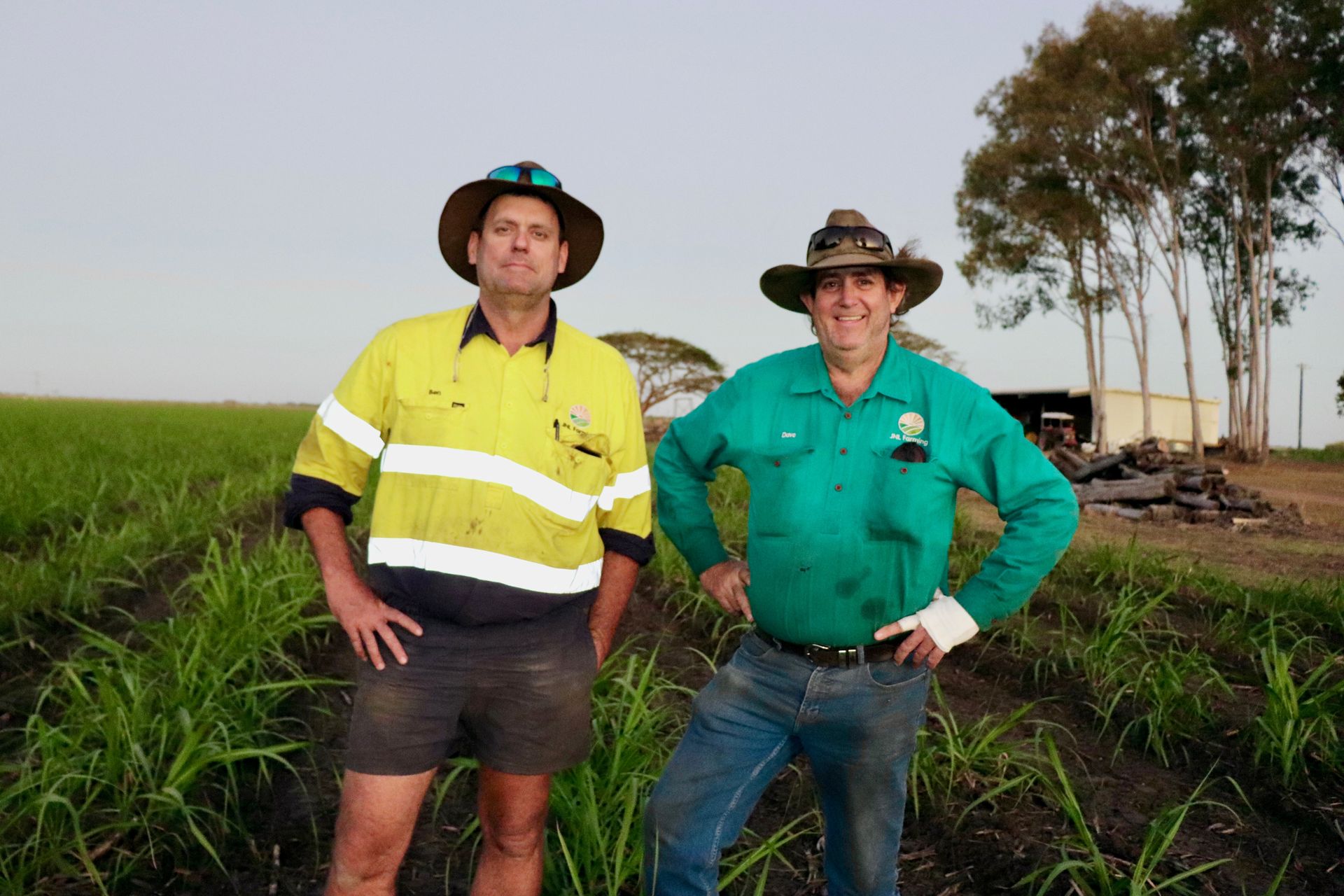1MG FlippingBooks
Totally Natural Nutrition: working with nature not against it
Peter Doyle started using Totally Natural Nutrition (TNN) Australia’s products on his rural property, near Dubbo NSW, and became a reseller 15 years ago. He was so pleased with the results that in late 2022 he bought the company.

“The business has been running for about 25 years,” Peter says, “and 99 per cent of TNN’s resellers are farmers themselves, so they have real life experience with the products.”
Ken Purvis is a beef producer at Gilgandra who first encountered TNN Australia’s products at an AgQuip field day. He began using the Mighty-Min mineral supplement— made from kelp—for his cattle. He had been feeding hay to his animals every day, to prevent the animals eating too much bloat-inducing green pasture, but was able to stop altogether within a week as their bloat had resolved.
Peter Doyle says, when he was still farming, he used to drench his cattle with Mighty-Min the morning before he sent them to market. “People thought I was wasting time and money, but it only cost me 90 cents a head to drench them. I found the cattle were a lot more settled in the truck and I estimate they retained 10-15 kilograms in the 30 hours that they were standing around in the truck and the yards.”
Clayton Evans is a lucerne grower at Quirindi, in regional NSW, and switched to TNN Australia’s fertilisers and mineral supplements several years ago. He says where he used to get 160-180 bales of lucerne from a hectare he now averages 200 bales with his highest yield 247 bales. Also a horse trainer, Clayton has found that his horses are much more settled and require far less hay since giving them Mighty-Min.
While all of their other products are Australian made, TNN Australia’s granular FCMP (fused calcium magnesium phosphate) fertiliser is imported from Vietnam. It differs from the usual water-soluble fertilisers in that it requires the acid around the root zone to break it down. A study conducted in the south-west of Western Australia comparing leaching rates of FCMP with conventional superphosphate found the low water-soluble fertiliser “less-likely to leach from the root zone of plants after heavy rain.”
“When you put the FCMP fertiliser out,” says Peter, “you’re retaining 98 to 99 per cent of your product rather than 42 to 46 per cent with the water-soluble fertiliser.”
To prove the safety of his granular FCMP fertiliser, Peter has photos of his fish tank on the TNN Australia Facebook webpage. The bottom of the tank is lined with the fertiliser while fish swim above it.
“Using our fertilisers, farmers know they are not putting anything on their paddocks that is going to be harmful, and that’s why our slogan is ‘working with nature not against it’.”
Company email address: peter@tnnaustralia.com
Company website: https://www.tnnaustralia.com
















